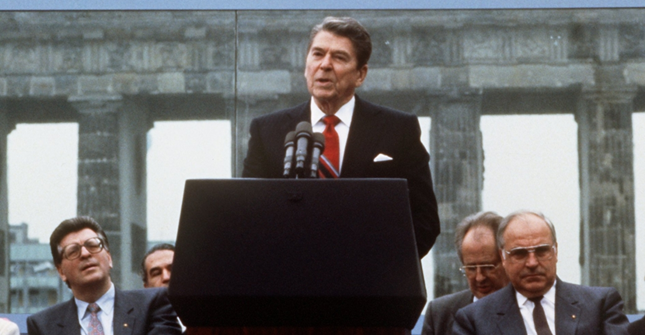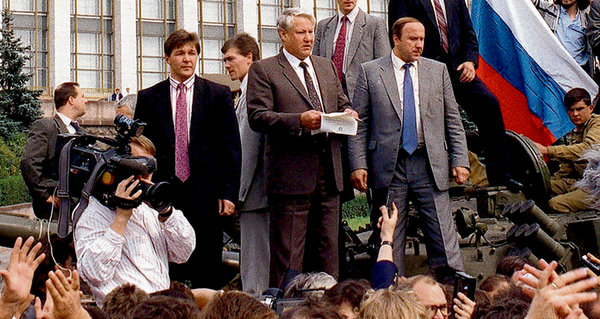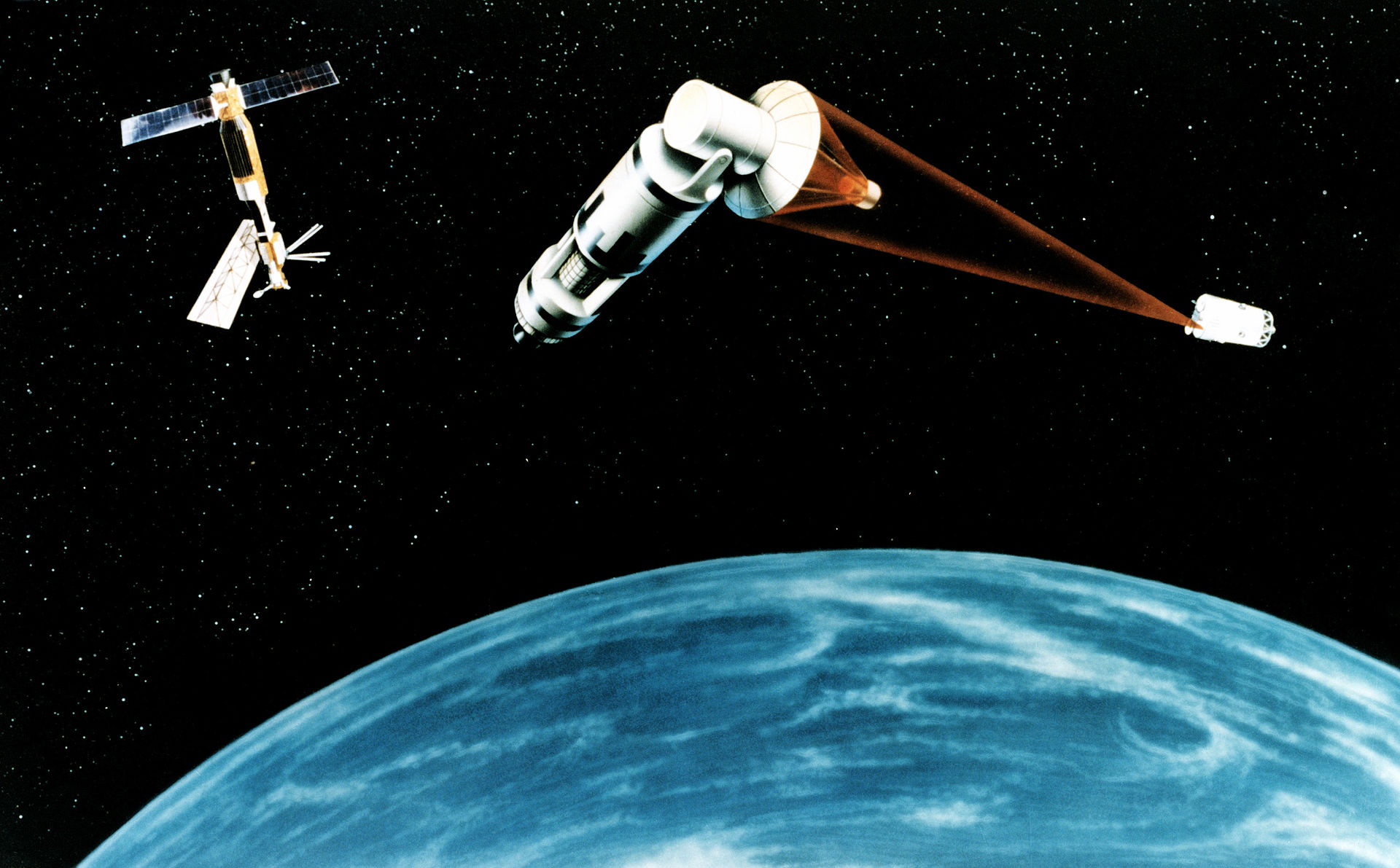Economic Pressures

Like the origins of the Cold War, how and why it ended remain contested issues among historians. Anders Stephenson argued that the Cold War essentially ended during the 1960s, when it became apparent that the United States, Western Europe, and Japan had eclipsed the Soviet Bloc in economic terms – by 1960, the Soviet Union produced 12.5% of all manufactured goods in the global markets, while the United States and Western Europe each produced double that amount. Those production ratios essentially continued for the next decade, at which point Japan began to catch up to Soviet production quantities. The result of this was, according to Stephenson, both the development of détente in 1969, but a shift in the focus on how the relative strength of the two superpowers was measured to focus primarily on nuclear weapons. For most of the 1970s, the United States and the Soviet Union avoided direct conflict along ideological lines and tended to cooperate on international issues. With this perspective in mind, Stephenson contends that when Ronald Reagan became President of the United States in 1981, he essentially restarted the Cold War through his rhetoric and mobilization of the military, which ended with the collapse of the Soviet Empire and the end of Communism in Europe.
Cold War. Films on Demand. 2009. Accessed October 31, 2020. https://ccco.idm.oclc.org/login?url=https://fod.infobase.com/PortalPlaylists.aspx?wID=151823&xtid=47587. 29.17.
Reagan Prepares for Showdown [via Films on Demand]
If you get an error saying the video can’t be authenticated, use the link found in the title to view it.
Internal Factors
Stephenson’s argument about the end of the Cold War remains quite controversial. The alternate view postulates that the Soviet economy was crumbling by the 1980s and that the political and economic reality in the Soviet Union forced Mikhail Gorbachev to take dramatic steps when he became premier in 1985. Gorbachev instituted the policies of perestroika (restructuring) and glasnost (openness) to reform the Soviet system. This combination of policies, which were intended to reform the Communist Party and reorient the Soviet economy, also led Gorbachev to end Soviet policies of using the Red Army to support the Communist governments of its allies in Eastern Europe. Perestroika led Gorbachev to allow state industries to react more to the market needs of Soviet citizens if merchandise orders from the state were also met – the goal was not to create a market economy, but to shift the focus of the Soviet economy to a more flexible, consumer-oriented model. Reforms included some expansion of market economies, especially in agriculture, and allowed private ownership of businesses after 1988. Gorbachev’s reforms failed to have the necessary effects on the Soviet economy and had the ultimate result of the Communist Party losing control of the economy in 1990.

At that time government spending escalated, while local and regional governments used their new autonomy to keep tax revenues, depriving the government of the Soviet Union from maintaining any semblance of a balanced budget. His efforts at developing ties with the West, combined with his refusal to use force to maintain Communist governments created a snowball effect that ultimately led to the collapse of regimes across Eastern Europe. After Gorbachev visited East Berlin in 1989 and called for freedom of communication with the West, East Germans demanded access to their families in West Berlin. During 1990-1991 the process of citizens of Soviet regimes increasingly insisted on reforms. The rapid collapse of Communist-dominated governments in Eastern Europe led elements of the Soviet military to stage a coup in August 1991, placing Gorbachev under arrest. In response, Boris Yeltsin, who would eventually become the first president of Russia, led counter-demonstrations in Moscow, in which he convinced a tank battalion to side with protesters. The failure of the coup led to the collapse of the Soviet Union by the end of 1991.

Peace Through Strength
A third view about the end of the Cold War maintains that American President Ronald Reagan was the key figure in bringing about the collapse of the Soviet Union. In this view, the Cold War became more active after the Soviet invasion of Afghanistan in 1980, which resulted in then-President Jimmy Carter boycotting the 1980 Summer Olympics in Moscow. After Reagan took office in 1981, he publicly defined the Soviet Union as “an evil empire” and set about increasing American military readiness, which included an anti-nuclear defense system called the Strategic Defense Initiative (SDI), but more commonly known as “Star Wars.” Although it never came to fruition, SDI attracted the attention of both domestic and international critics who argued that it destabilized the relationship between the United States and the Soviet Union by providing Americans with a potential first-strike capability without any repercussions. Combined with other defense programs, according to this view, SDI forced the Soviet Union to critically over-extend its economic capacity while it tried to keep pace with American advances. Those strains allowed the Reagan administration to develop a diplomatic framework to strengthen ties and develop rigorous arms-control regimes. The combination of economic failure, and military competition, ultimately led to the fall of the Soviet Union according to this line of argument.
Macrohistory: End of the Cold War and the Soviet Union (11 pages)

References
Isaac, Joel, and Bell, Duncan. Uncertain Empire: American History and the Idea of the Cold War. Oxford: Oxford University Press, 2012.
